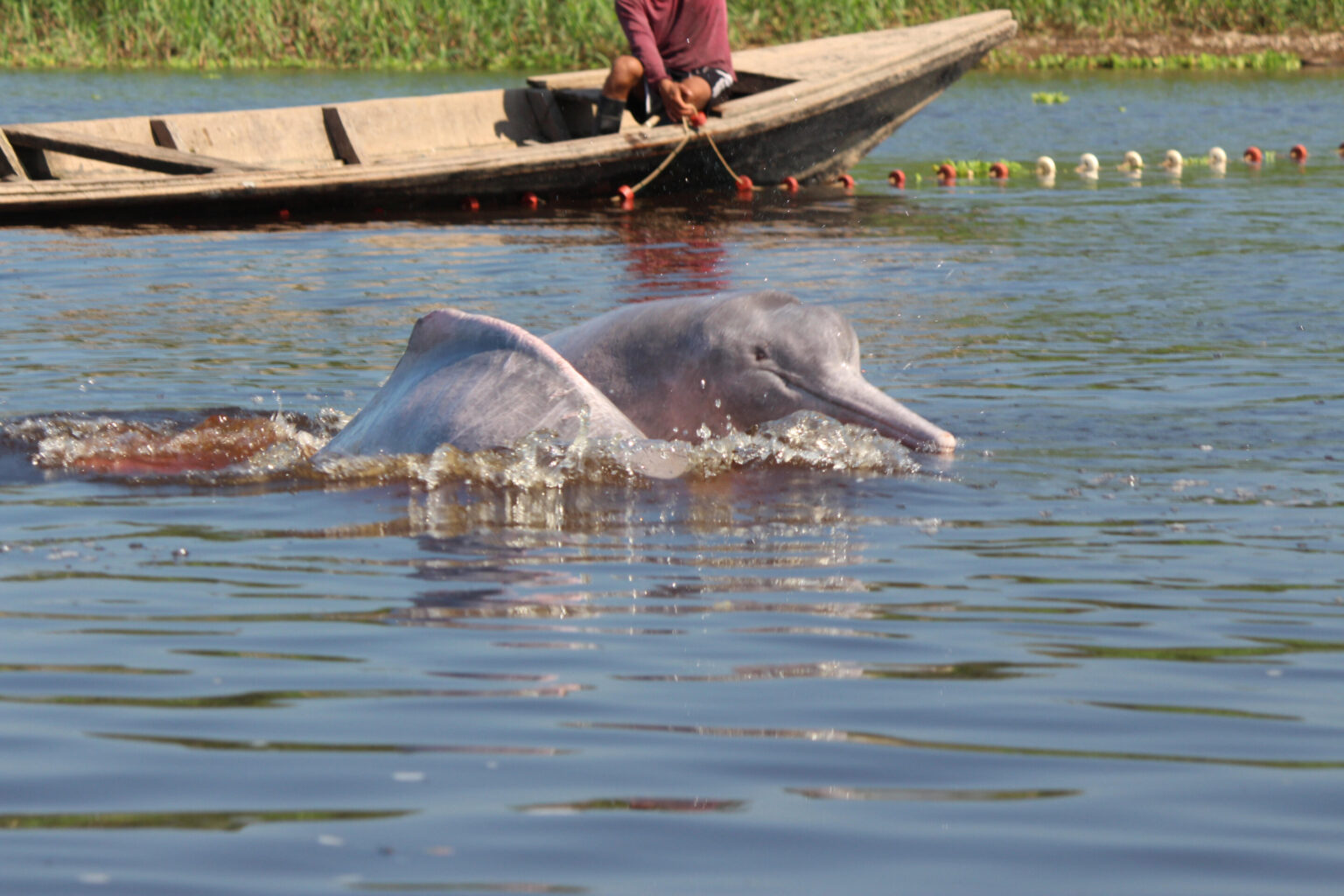Scientists have used satellite tags to track rare Amazon dolphins in Peru. Their existence is threatened by fishing, the construction of dams and work on deepening the bottom of reservoirs.

Observation of river dolphins
Scientists continue to use satellites to deal with only terrestrial problems. They had previously used them to count trees south of the Sahara and beaver dams in North America. This time their attention was attracted by Amazon river dolphins.
These rare animals belong to one of the species of these marine mammals, which has adapted to life in freshwater. However, they suffer greatly from human activity and scientists would like to learn more about it.
Therefore, they attached radio tags to eight dolphins living in the upper Amazon in Peru, which can be tracked using satellites, and tracked their movements for several months.
They also have collected data on where fishing is carried out, work on deepening the bottom of rivers and the construction of dams. From all this, geospatial data was formed, which was later analyzed.
Dolphins avoid dams
Research results have shown that almost 89 percent of the places where dolphins live are located where intensive fishing takes place. This means that if this creates problems, then these are the problems that scientists already know about.
But from places where dams are being built or work is underway to deepen the bottom, river dolphins stay as far away as possible. The distance from such places is on average 150 and 252 km. However, it is difficult for animals to effectively avoid such places, because each of them occupies about 50 km of the river.
“It’s clear that the Amazon river dolphin is facing increasing threats from humans,” says Dr. Elizabeth Campbell from the Center for Ecology and Conservation on Exeter’s Penryn Campus in Cornwall. “Fishing can deplete populations of the dolphins’ prey, and dolphins are also at risk from intentional killing and bycatch (accidental catching).”
However, scientists believe that the findings of the study cannot be considered absolutely true, because other dolphins live much closer to the dams. They believe that it is necessary to expand the use of satellite tags to establish how human activity affects them.
According to phys.org
Follow us on Twitter to get the most interesting space news in time
https://twitter.com/ust_magazine
